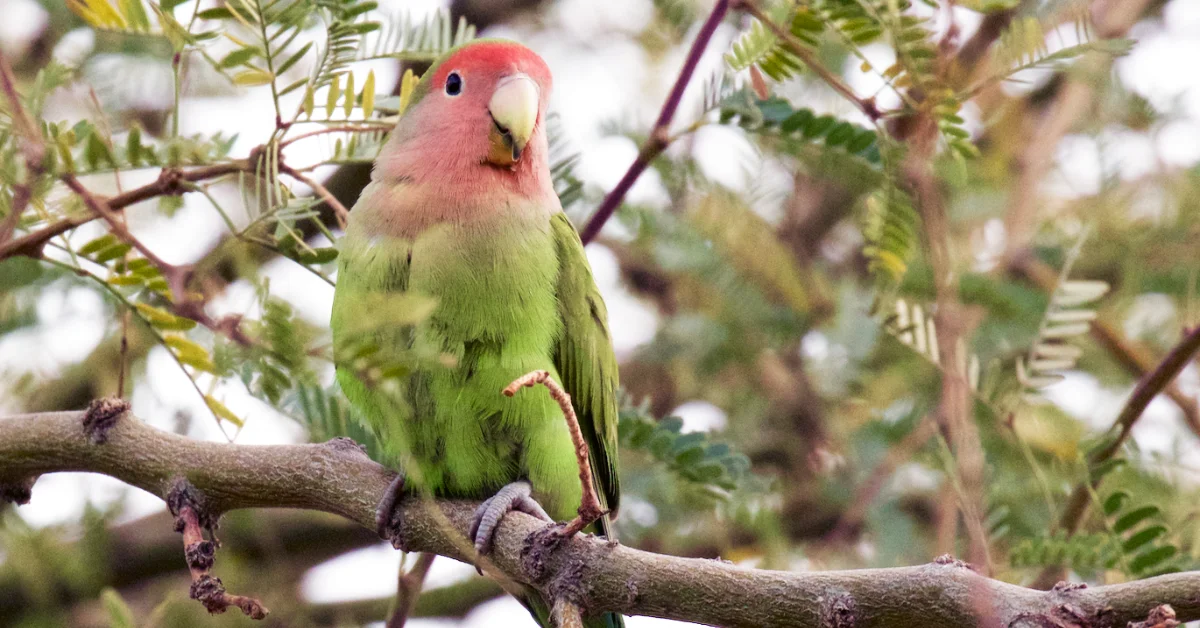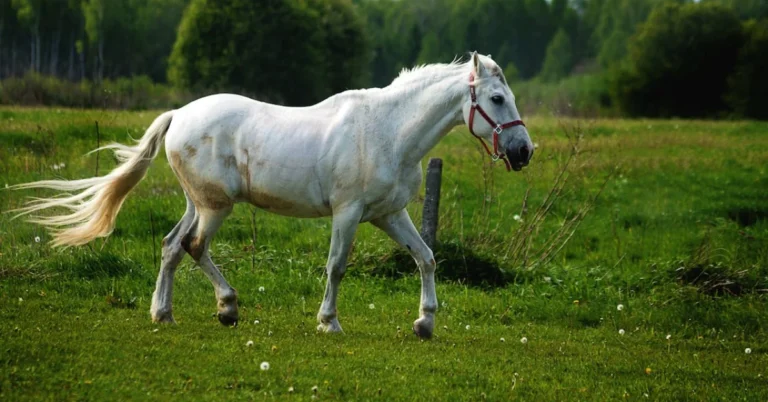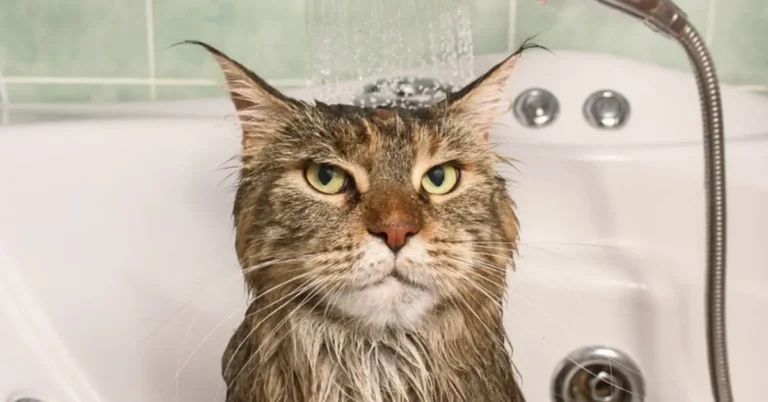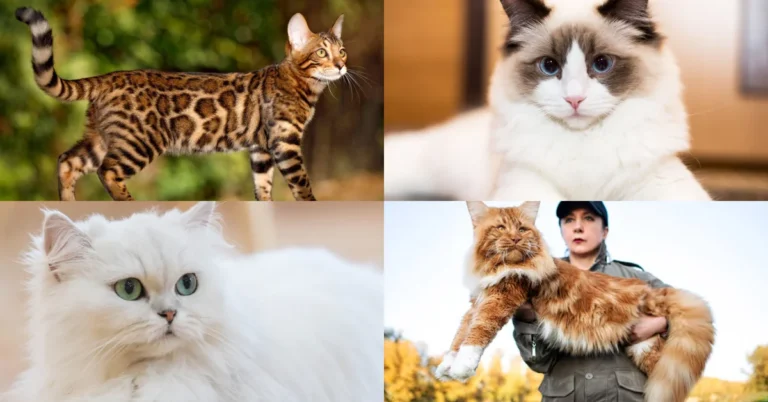With their vibrant plumage and affectionate bonds with mates giving rise to their evocative name, lovebirds have long captured the imagination of humans across the globe. Their popularity as pets has soared due to their intelligence, playful antics, and capacity for deep companionship. This admiration invariably leads new owners to ask: how long do lovebirds live?
Understanding the lifespan of lovebirds involves unraveling a complex interplay of factors. Ranging from species differences to environmental conditions, diet, and genetics, many elements influence longevity. By appreciating these key details, we gain meaningful insights into the lives of our feathered friends, including various types of blue birds.
Equipped with this knowledge, we can provide enriched care for our pets while supporting conservation efforts for endangered lovebirds worldwide. Join us as we explore what makes lovebirds truly tick and discover the keys to a long, happy life with these colorful companions.
Lovebirds in the Wild: Facing the Trials of Nature

To understand the lifespans of our captive lovebirds and bluebirds, we must first examine the challenges their wild counterparts face navigating the rich but risky habitats of Africa. Lovebirds dwell in a diversity of environments across the continent, from rainforests to savannas. But despite adaptations helping them thrive, the trials of nature pose sobering mortality rates.
Predators

For all their beauty, lovebirds make tempting morsels for a spectrum of wild predators. Snakes, birds of prey, jackals, genets, and monkeys all relish these petite parrots. To avoid becoming a tasty meal, lovebirds rely on vigilance, speedy flight, and the safety of flock numbers. Even still, predators likely account for many lovebird fatalities.
Food Scarcity

Lovebirds’ small size also limits the amount of fat reserves they can store. This leaves them vulnerable when droughts or seasonal shifts diminish food supplies. Finding sufficient nutrition across Sub-Saharan Africa’s volatile climate can be challenging. Times of shortage take a toll through starvation and malnutrition.
Parasites and Diseases
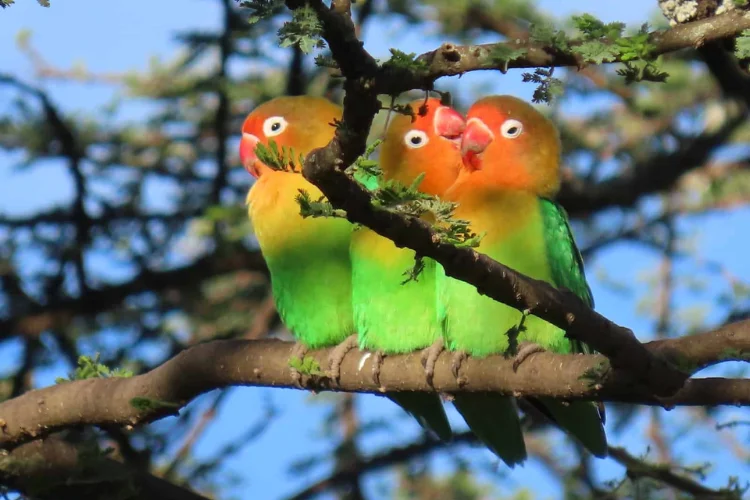
Wild lovebirds also fall victim to a variety of pathogens in their native habitats. Bacteria, viruses, fungi, and internal or external parasites can all undermine health and survival. Without veterinary care, afflicted birds often perish before reaching old age.
Human Threats
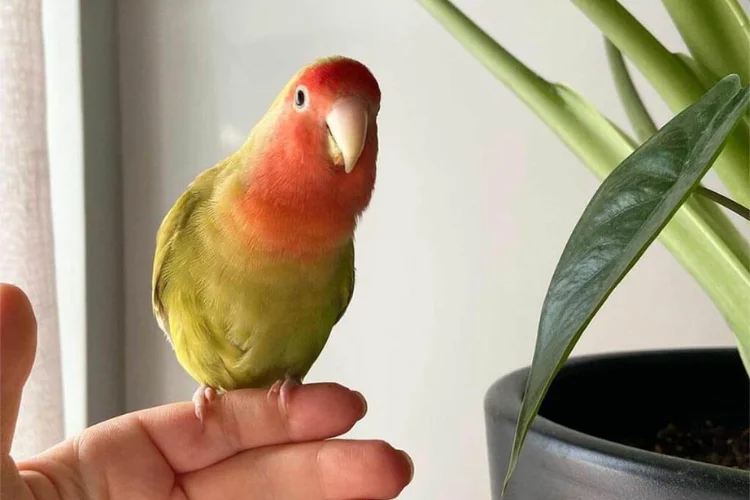
Sadly, human activity also affects wild lovebirds. Habitat loss decreases suitable nesting sites and food sources. The pet trade targets certain species, depleting wild populations. In some cultures, lovebirds are still hunted for food or ceremonial uses. These anthropogenic threats magnify the obstacles lovebirds already face.
Consequently, examining the lifespans of wild lovebirds reveals more somber numbers. Average longevity ranges between 5-15 years depending on the species. Reaching 20 years proves rare, requiring remarkable resilience. But a life in captivity tells a different story.
Thriving in Captivity: Understanding the Potential
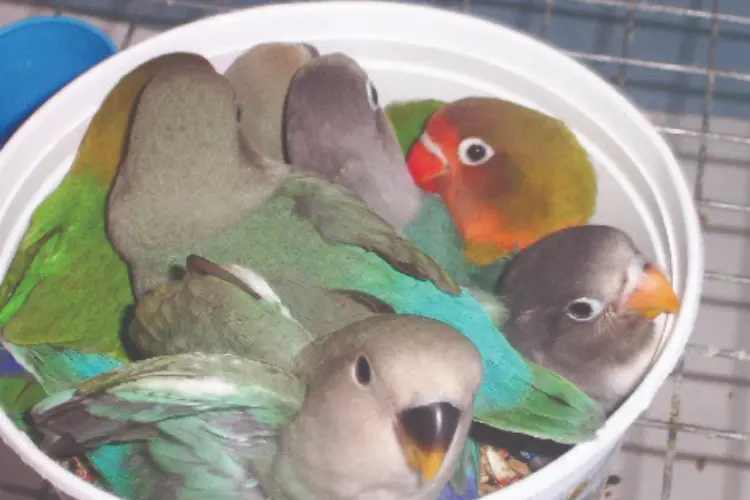
When responsibly cared for, lovebirds transform from vulnerable wild birds into pets living their best lives. Safe from extreme climate fluctuations, starvation, parasites, and predators, longevity takes a dramatically different trajectory. So what determines the lifespan of our captive lovebird companions?
Species Differences
With nine extant species, lovebirds vary in size, behavior, and average lifespan even within optimum captive conditions:
- Fischer’s Lovebird – 15 to 20 years
- Black-winged Lovebird – around 15 years
- Lilian’s Lovebird – 10 to 12 years
- Nyasa Lovebird – 15 to 20 years
- Black-collared Lovebird – 10 to 15 years
- Red-headed Lovebird – 15 to 20 years
- Rosy-faced Lovebird – 15 to 25 years
- Yellow-collared Lovebird – 10 to 15 years
- Masked Lovebird – 10 to 30 years!
These ranges highlight the intrinsic differences encoded within their DNA. But while genetics supply the foundation, optimal care, and environment allow lovebirds to maximize their genetic potential.
Standard of Care
From nutrition to housing to veterinary attention, the standard of care deeply influences longevity. Meeting all their needs in captivity minimizes threats the wild poses. Providing:
- Balanced, Nutritious Diets – Seed mixes alone lead to deficiency and illness. Offer quality pellets, fruits, veggies, greens, and proteins for whole-body health.
- Clean Water – Hygiene prevents dangerous bacteria from accumulating. Change water daily.
- Spacious, Enriched Environments – Barren cages stress birds. Include a spectrum of perches, toys, and tents for active, engaged living.
- Safety from Predators and Accidents – No predators can access caged birds. Bird-proof homes protect from household hazards.
- Opportunities for Flight and Exercise – Lovebirds thrive when active. Let them stretch their wings daily for healthy muscles, bones, minds, and spirits!
- Positive Social Interactions – Social lovebirds need bird companions or regular human quality time.
- Preventative and Interventive Veterinary Medicine – Yearly exams catch issues early. Sick birds receive prompt, specialized treatment.
- Committed, Conscientious Owners – Meeting needs for lifelong responsibility factors hugely in longevity and welfare.
By supplying a devoted standard of care, average lifespans in captivity often double or triple wild numbers, with exceptional cases reaching 36 years – a profound change!
The Keys: Understanding the Nuances
Homing in on key details helps us provide enriched care for our birds. Factors like species differences, genetics, environment dynamics, nutrition, and preventative healthcare all interplay to influence longevity and life quality.
Genetics
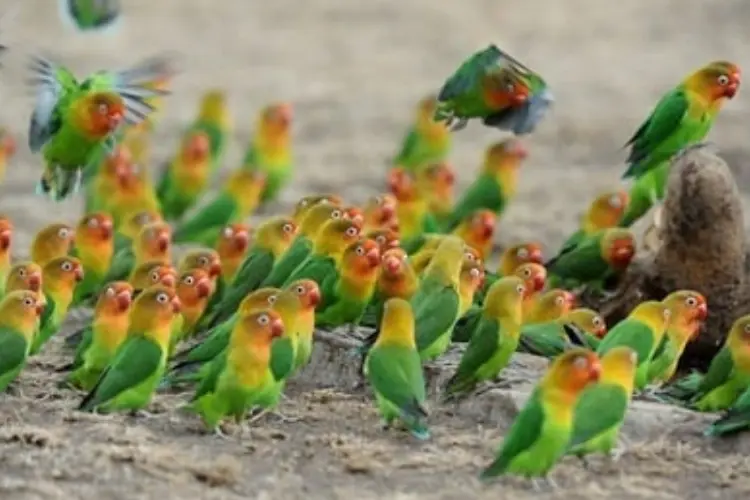
From innate dispositions to the coded resilience within DNA, genetics contribute to individuals’ lifespan variation. Responsible breeding selection for health improves outcomes.
Social Bonds
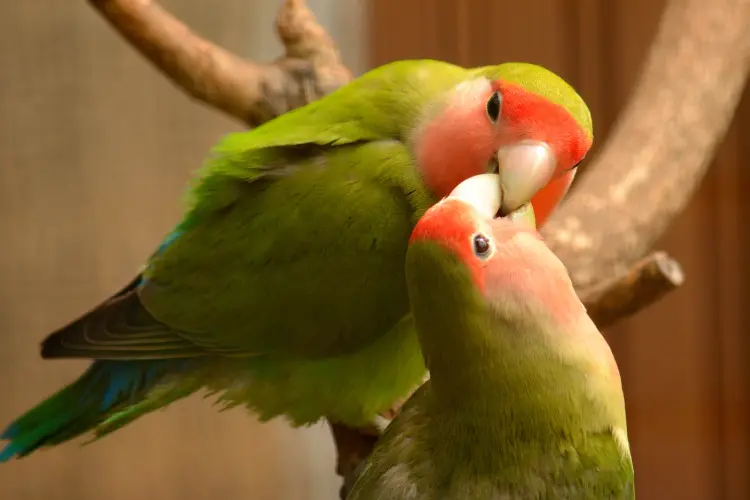
Lovebirds’ namesakes reflect the strength of their pair bonds. Without a companion, solitary birds often deteriorate and perish more rapidly.
Environment
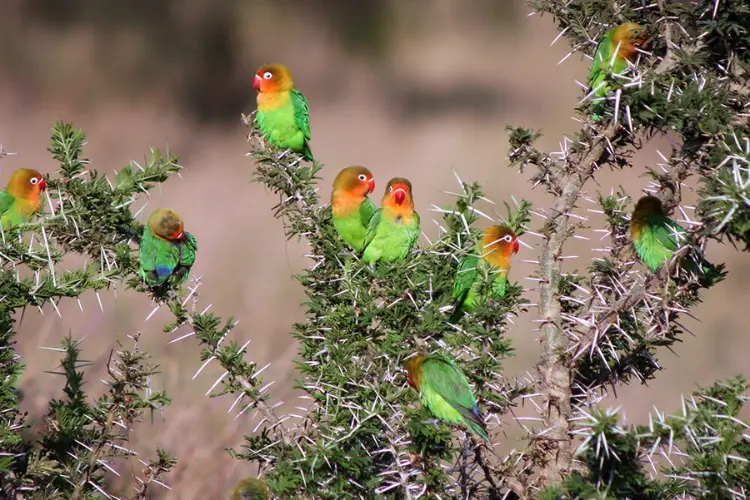
Temperature, humidity, airflow, exposure to toxins or allergens – surroundings significantly impact wellness. Optimizing homes safeguard health.
Diet and Nutrition
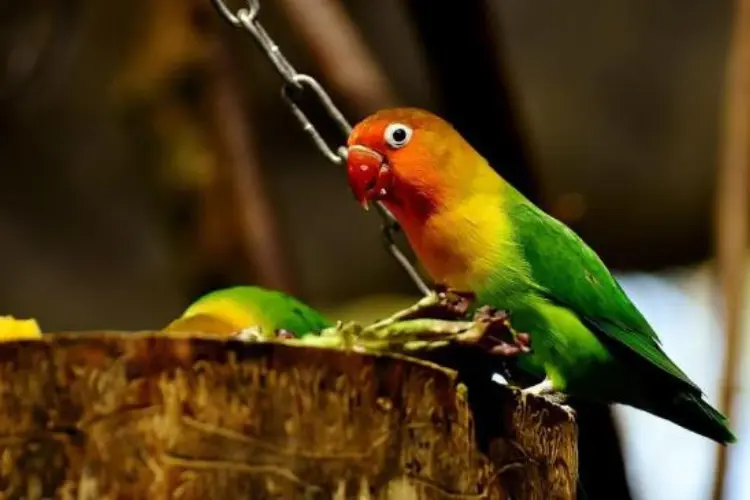
Balancing nutrients, vitamins, minerals, proteins, and fats maintains organ function, feathers, reproduction, and immunity – all influencing lifespan, as well as the overall well-being of blue birds.
Exercise
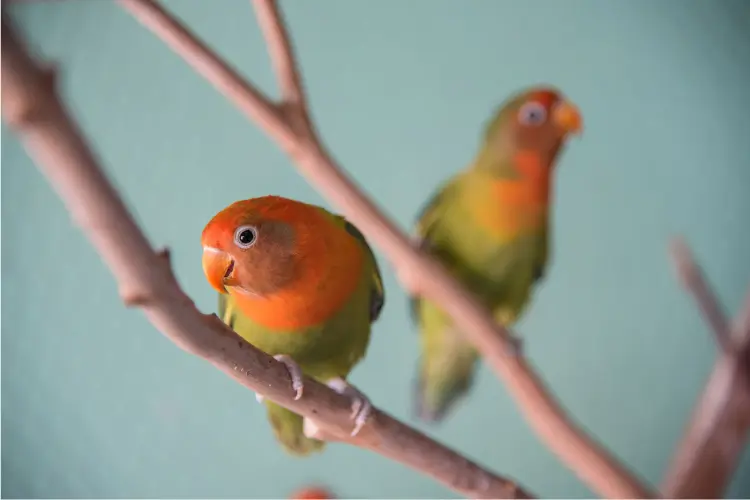
Opportunities to stretch wings maintain muscle tone and cardiovascular fitness. Weight control also extends years by preventing obesity-related illnesses.
Preventative Care
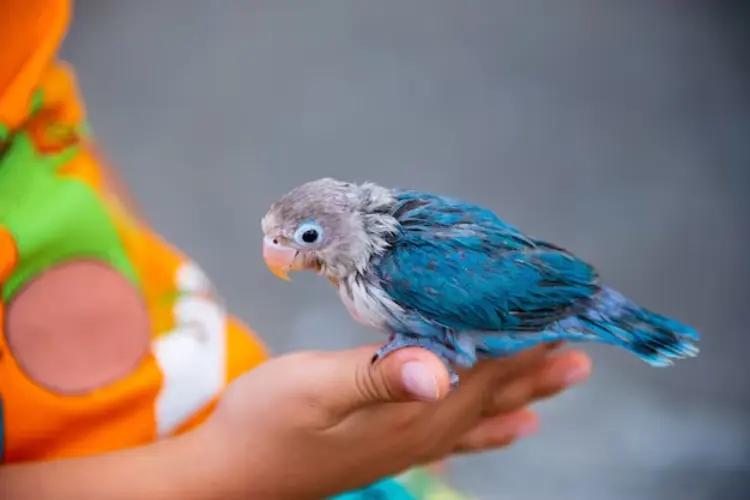
Annual exams allow avian veterinarians to assess overall wellness, screen for issues, and make diet and habitat recommendations tailored to the individual. This personalized care is the gold standard.
Mental Stimulation
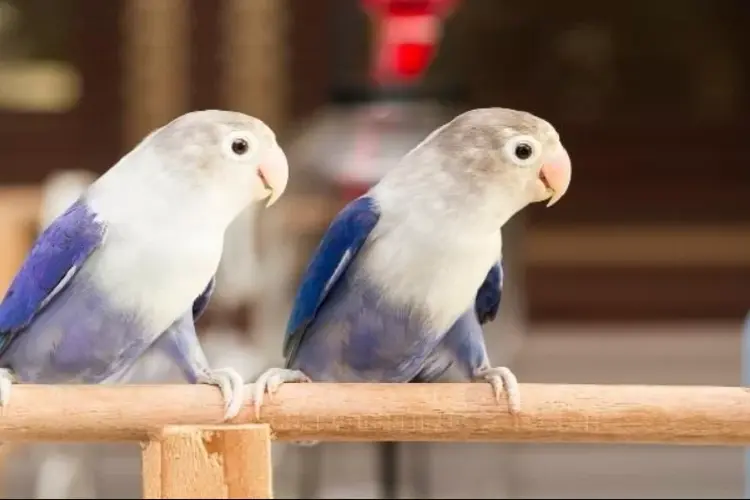
Bored, lonely lovebirds succumb to destructive behaviors or lethargy. Providing a stimulating environment with social bonding opportunities contributes to longer, happier lives.
The Synergy of Care
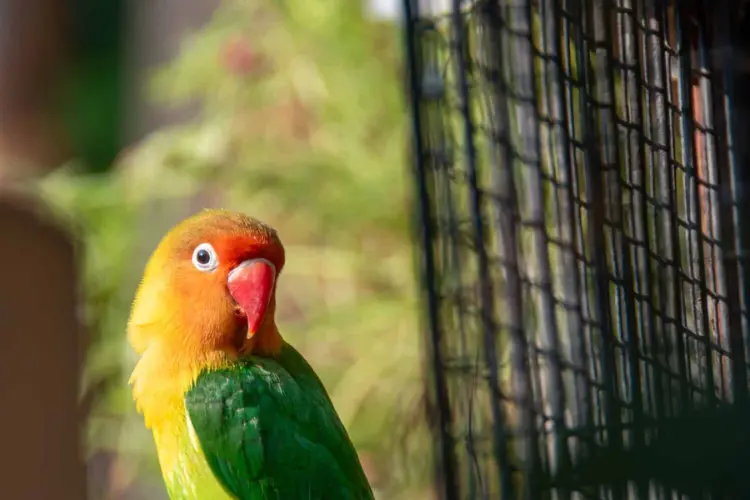
No one pillar alone determines lifespan and welfare. Rather an interwoven synergy of proper care, environment, bonding, veterinary medicine, and responsiveness to individual needs allows lovebirds to thrive for years to come. Our avian charges rely on us wholly for their well-being. By embracing this duty of care, we can help our feathered companions flourish.
Species Spotlights: Unique Traits that Captivate
Beyond grasping the fundamentals of care, understanding what makes each species exceptional helps us appreciate their diversity. Let’s explore some favorite lovebird species and what sets them apart.
Masked Lovebird
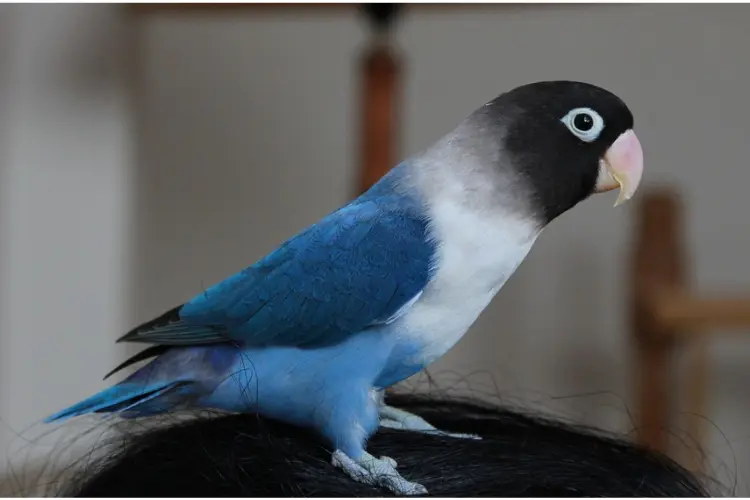
The most popular lovebird in captivity, the masked lovebird wins hearts with its intelligence and silly antics. Named for the black and red masks gracing their otherwise vibrant green plumage, masked lovebirds exhibit playful, affectionate personalities.
- Lifespan: 10-30 years
- Native To: Madagascar
- Behaviors: Extremely social, active, vocal and interactive. Require lots of toys and attention.
- Care Needs: Larger cage, companion lovebird or extensive daily interaction, variety of perches, mentally stimulating toys rotated routinely.
Fischer’s Lovebird

Compact, active, and curious, Fischer’s lovebird bonds strongly with owners, thriving on interaction. Their bright orange facial patches contrast against emerald bodies. Highly intelligent, they enjoy playing with puzzles and toys.
- Lifespan: 15-20 years
- Native To: North-central Tanzania
- Behaviors: Active, social, curious. Excellent talkers. Require daily mental stimulation and exercise.
- Care Needs: Varied nutritious diet, large cage, companion lovebird, and consistent daily interaction and playtime.
Rosy-Faced Lovebird

Distinctive pink facial patches set these lovebirds apart alongside their larger size. Rosy-faced lovebirds live up to 20 years when responsibly cared for. Intelligent and active, they demand lots of toys and interaction to stay happy and healthy.
- Lifespan: 15-25 years
- Native To: Southwestern Africa
- Behaviors: Extremely active, social, loud, interactive. Require extensive daily stimulation.
- Care Needs: Very large cage, companion lovebird, 5+ hours interaction, challenging puzzle toys rotated routinely.
Peach-Faced Lovebird

Arguably the most stunning lovebird, peach-faced varieties wear breathtaking orange and blue-hued plumage. Gregarious and active, they thrive when generously engaged. Providing an enriched environment and balanced diet supports their longevity.
- Lifespan: 15-20 years
- Native To: Southwestern Africa
- Behaviors: Extremely social, loud, demanding of attention. Requires extensive interaction and challenging stimuli.
- Care Needs Very large cage to prevent boredom, companion lovebird partner, mentally stimulating puzzle toys, 5+ hours of attention daily.
Black-Collared Lovebird

Graceful green bodies with distinctive red facial patches and black bands across the upper chest define this variety. Reserved and quiet yet playful. Require gentle handling and conscientious ownership. Sensitive to temperature extremes.
- Lifespan: 10-15 years
- Native To: Northeastern Africa
- Behaviors: Gentle, can be timid yet affectionate and silly. Bonds strongly with caretakers.
- Care Needs: Gradual introduction to the home, gentle handling, companion lovebird partner support adjustment, consistent gentle interaction.
Red-Faced Lovebird

Stunning electric blue plumage and crimson red mask ringing face make this variety unforgettable. Sadly, habitat destruction and exportation pressures have endangered their wild populations. Supporting responsible captive breeding helps preserve the future of this special lovebird.
- Lifespan: 12-15 years
- Native To: Namibia and Angola
- Behaviors: Outgoing, curious personalities. Highly intelligent. Require active engagement.
- Care Needs: Committed ownership, mentally stimulating toys on rotation, companion lovebird partner, balanced diet with special attention to nutritional needs.
A Lifetime of Love: Choosing a Feathered Friend for Life
The most critical contributor to our lovebird’s longevity and happiness isn’t a number at all – it’s us! By selecting the best variety for our lifestyle, embracing their complex needs for life, and showering them with affection, we stake the most meaningful claim in determining how long and well our bird companions will live.
When preparing to welcome one of these endearing parrots into our family, reflect deeply on the commitment ahead. Consider your schedule, activity level, household environment, interest in interacting, capacity for responsible ownership long-term, and budget for quality veterinary care. Research which species align best with your lifestyle.
While adopting from shelters and rescue groups save lives, proceed cautiously with adult birds to assess temperament and health thoroughly first. Alternatively, hand-raised baby birds from reputable breeders bond more readily when responsibly socialized.
Whether an exuberant masked lovebird or demure black-collared, choose the variety whose unique personality and activity level complements your life best. This feathers the nest for rich lifelong relationships conveying care, trust, and affection in abundance.
By understanding lovebirds as the complex, sensitive beings they are and preparing to meet their needs completely, our relationships flourish for years to come as they climb, play, preen, and reside as treasured family members. Lovebirds rely entirely on us for their well-being. In return, they infuse our days with color, laughter, and joy.
An Ongoing Adventure: Love for a Lifetime
Embarking on your lovebird journey? Some parting tips:
- Research extensively before adopting
- Select the species and temperament fitting your lifestyle
- Fully bird-proof your home before arrival
- Purchase the largest cage possible to prevent boredom
- Rotate toys weekly to stimulate brains and exercise
- Spend ample time interacting daily; lovebirds are social
- Feed a balanced, nutrient-rich diet with a variety
- Enrich their world with toys, swings, tents, and perches
- Schedule annual check-ups with an avian veterinarian
- Consider lovebird companions for lifelong bonding
- Capture their silly antics and showcase their vibrant personalities!
Final Thoughts
Our lovebirds rely fully on our provision and care. In return, they infuse our days with beauty, humor, and affection. By understanding lovebirds inside and out, welcoming them responsibly into our families, and rising to meet their needs daily, we pave the pathway to wonderfully warm, lifelong bonds sure to outlast us.
Here’s to many beautiful years ahead overflowing with laughter, learning, and love! Those captivating colors gladdening our hearts signal far more than charming plumage – they reflect an extraordinary capacity for connection. May our shared adventures flourish!

